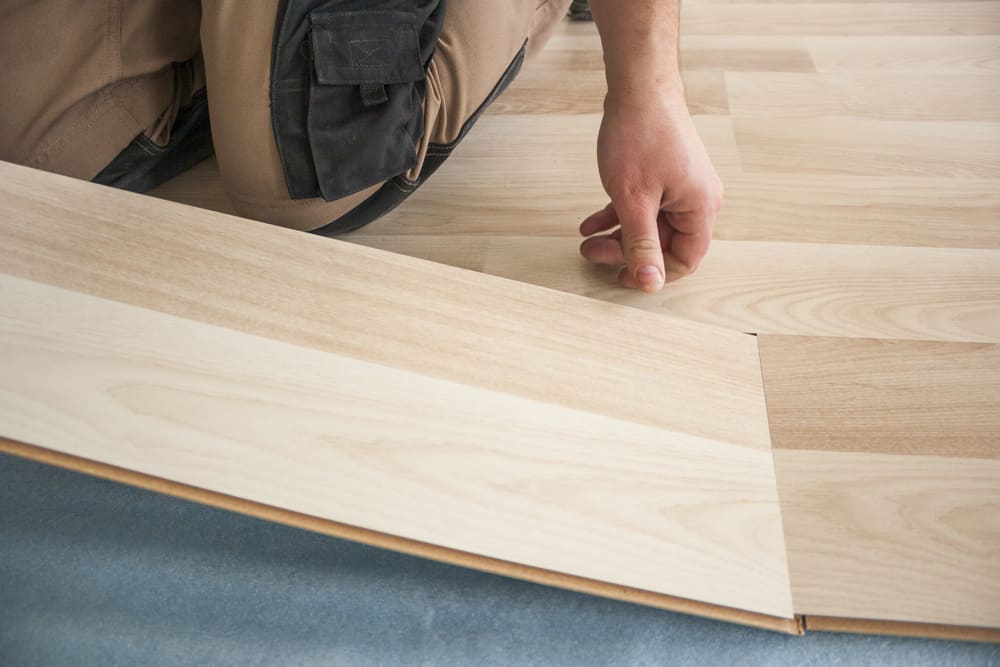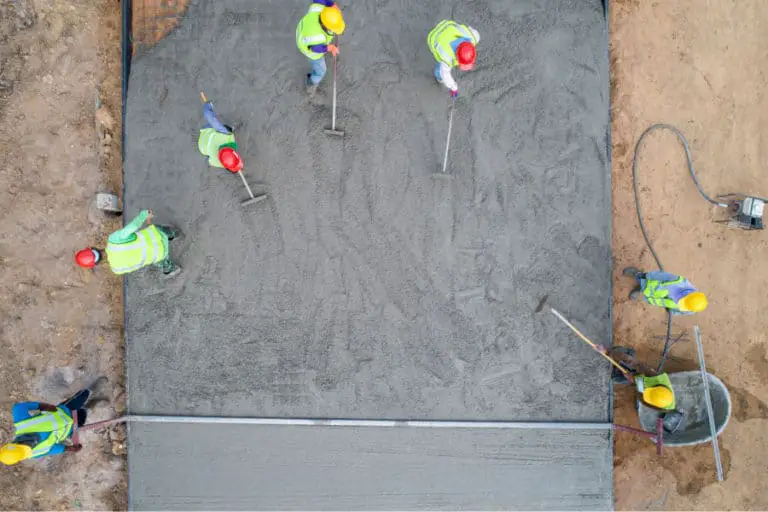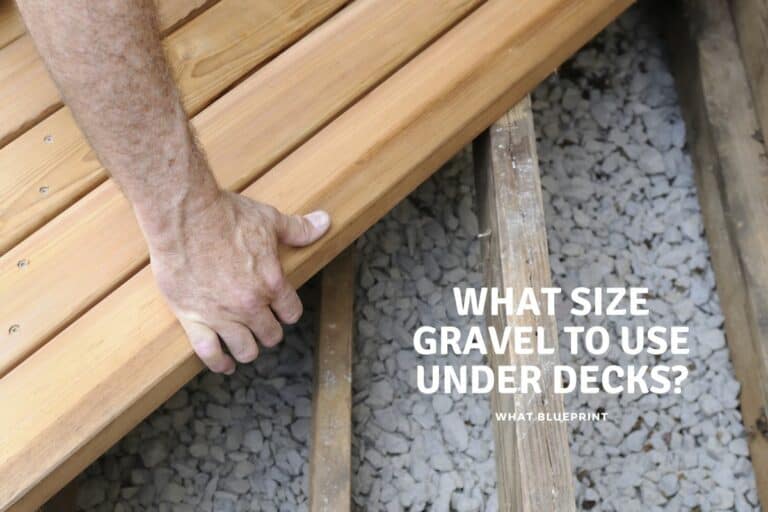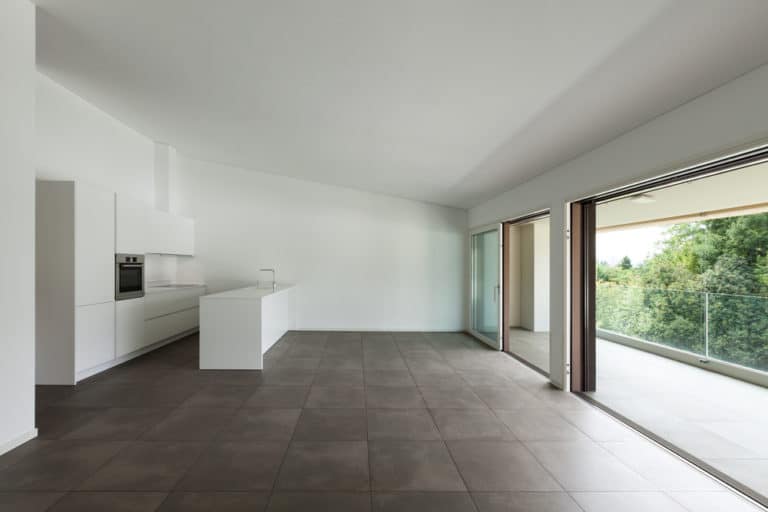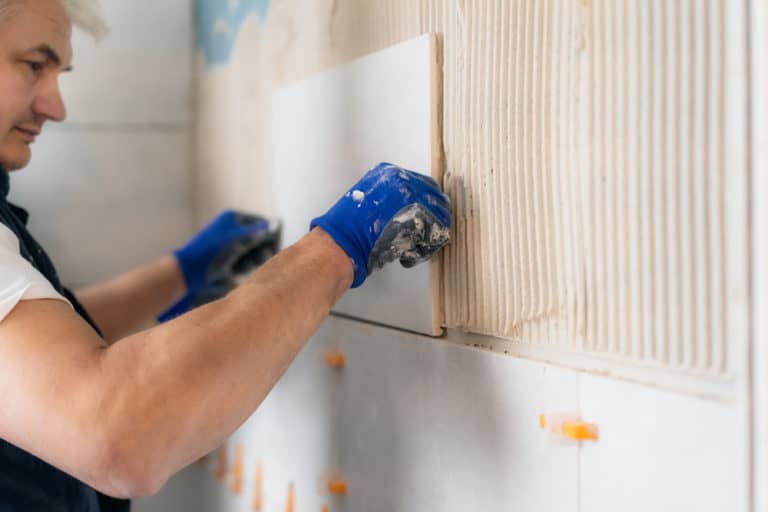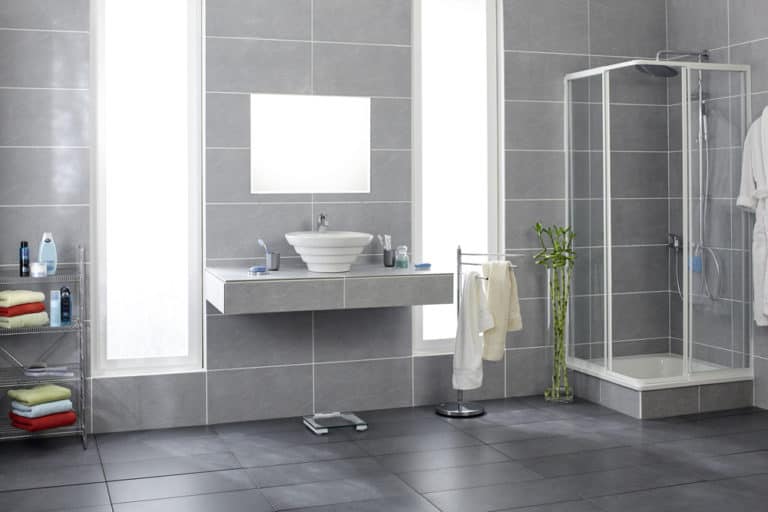Types Of Floating Floors
We recently started to renovate our home and decided we wanted to install floating floors. We had no idea if you get floating floors that would suit our budget and the style we were going for. We didn’t know how many types of floating floors you get, so we decided to enlist the help of a buddy who has her own hardware store. It got me thinking about how many types of floating floors you get.
When talking about types of floating floors, you can classify them in a few ways. Based on installation type, like glue-less, glued or underlayment attached laminate flooring, engineered wood flooring, vinyl flooring, or based on the materials, vinyl, laminate, wood, and more.
Our friend who owns a hardware store told us about the types of floating floors that her store sells, and after further research, I found that a few types that her store didn’t sell. We decided to get samples of the different types of floating floors. I wanted to share all the information I gathered during our search.
Types Of Floating Floors
When you decide to install floating floors in your home, it can be intimidating to choose what type of floating floor would be best to install that would suit your needs. Floating floors are usually laminate, luxury vinyl, or engineered wood.
Most people think that floating floors are a specific type of floors, but here are a few interesting features of floating floors:
- Floating floors are not 1 specific type of floor but rather the installation method you use.
- Most of the floating floor type setups are not water-resistant, but a few types like Nucore’s vinyl planks are made specifically to be waterproof.
- The cost of floating floors varies between inexpensive (vinyl flooring) and expensive (engineered floor planks).
- The most popular types of floating floors are laminate floors, as they look the most like real wood.
- You can install floating floors over existing floors or carpets
- You have to use underlayment for the proper installation of floating floors.
- Floating floors are some of the quickest and easiest flooring options to install.
- Most floating floor types are prone to water damage.
The types of floating floors we will take a more detailed look at in this post include:
- Laminate flooring
- Vinyl flooring
- Engineered hardwood flooring
- Foam mat floors
Laminate Floating Floors
Laminate floating floors can be broken up into three types of floors. These types of floors include glued and glue-Less laminate floors and underlayment laminate floating floors. Laminate floors typically consist of 4 layers.
These four layers begin with a layer of plastic melamine or paper backing (also called the balancing layer). This backing will help the floor stabilize and help it to resist moisture. The second layer of laminate flooring is the water-resistant substrate layer, also called the core layer.
This layer is made of medium-density fiberboard (MDF) or high-density fiberboard (HDF). MDF and HDF are made up of wood fibers that have been compacted together using resin and other adhesives. The third layer of laminate flooring is the photographic layer.
This layer is where the picture of the style or design is printed on. This decorative layer consists of a number of thin pieces of paper sandwiched together using melamine resin and printed using realistic colors and pearl-sheen ink. The process starts with one picture segmented into different pieces of paper to give a more realistic, almost 3D look to the picture.
The last layer of the laminate flooring is the protective layer. This wear layer consists of an aluminum oxide clear coat that prevents moisture penetration. Depending on the taste of the customer, these wear layers come in low to a high gloss.
All four layers are then pressed together using intense pressure and high heat. When you buy the higher quality laminate flooring, the core will be thicker, making the flooring more durable, and it will last a few years longer than the thinner, less expensive versions.
Pros And Cons Of Laminate Flooring
Laminate flooring is considered the most popular among the floating flooring types. It’s important to understand the pros and cons of each flooring type so you can make an informed decision.
Pros Of Laminate Flooring
Here are some of the pros of laminate flooring to keep in mind:
- Laminate floors are quick to install as you can easily snap them into place.
- Laminite flooring is more affordable than engineered hardwood floors and gives you a very authentic wood-like look.
- They come in many styles and colors that will easily suit any theme.
- The higher-quality laminate floors are at times confused with real engineered hardwood floors.
- Most laminate floors are stain-resistant and easy to clean.
Cons Of Laminate Flooring
Here are some of the cons of laminate flooring to remember:
- The cheaper versions can look artificial, so it’s best to go with a tile look if you are investing in inexpensive laminate flooring.
- Lamanite flooring can get water damaged if you don’t without proper care when you clean.
Vinyl Floating Floors
Luxury vinyl consists of extruded plastic polymer pieces that are solid, not hollow, thin, and flexible enough to last long. People often confuse vinyl flooring and linoleum as they are very similar in appearance.
While linoleum is entirely made from natural materials and has been around for far longer than other flooring types, vinyl flooring, on the other hand, is made entirely of artificial materials and is less expensive than all other floating floor types.
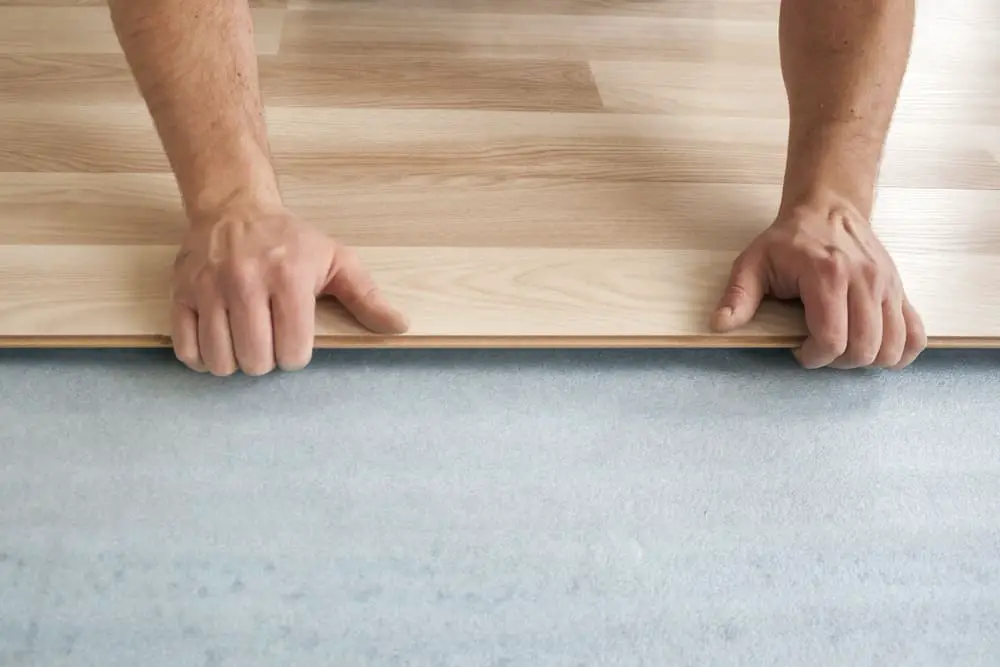
Pros And Cons Of Vinyl Floating Floors
Vinyl floating floors are considered the most affordable of all the flooring types, but it is best to know all the pros and cons before deciding on the type of floating floor.
Pros Of Vinyl Floating Floors
Here are some of the pros of floating floors to remember when choosing a floating floor type:
- Vinyl flooring is the most affordable of all the floating flooring types. Even if you choose the luxury vinyl flooring type, it will still be less expensive than other floating floors.
- Because vinyl floors are made entirely of artificial materials, it is completely waterproof.
- It’s also mildew and fungus-proof.
- Vinyl flooring is resistant to pests like carpenter ants and other wood-eating bugs.
- Vinyl flooring is fire-resistant to a point as it will bend but not spread the fire.
- Vinyl flooring is easy to install, and you can tackle it easily in a DIY or family project.
Cons Of Vinyl Floating Floors
Here are a few cons of installing vinyl floating floors to remember:
- Vinyl flooring can leach toxic chemicals into the air if it gets too warm, so it won’t spread fire, but it can be dangerous if you inhale the chemicals.
- The protective or wear layer is not fire-resistant like the vinyl itself.
- The vinyl can dent easily if something hard is dropped on it.
- It’s not as stain-resistant as other types of floating floors.
Foam Mat Floating Floors
Foam mat floating floors are used in high traffic areas because of their durability. Most of the foam floating floors are made from EVA foam. EVA foam is a closed-cell foam that is elasticized and has a rubber-like softness and flexibility.
You can find these mats in interlocking tiles, sheets, or rolls. They come in various colors and styles and can be used inside or outside the home. Many companies like schools, warehouses, and stables use foam mat floating floors as they work best for high traffic areas that need to be cleaned on a daily basis.
It also makes a good flooring type for garages and automotive shops where the floor will come into contact with gasoline, car oil, and other hard-to-clean substances.
Pros And Cons Of Foam Mat Floating Floors
Pros and cons are important when you are choosing a type of flooring for your business or home. It’s the best way to get all the relevant information you will need to choose the floating floor type that will suit your needs the best.
Pros Of Foam Mat Floating Floors
Here are a few of the pros of installing foam mat floating floors:
- Foam mat floating floors are easy to install, and you can take installing them on even as a beginner DIY project.
- Using the foam mat floating floors in a kindergarten or playroom setting makes for a more comfortable flooring type, and it prevents serious injury that other floors won’t be able to do.
- Foam mat flooring is light and thus better suited for play areas and even yoga centers as it’s much easier on the joints and will soften the landing of a child or caretaker.
- Foam mat flooring is easy to clean and doesn’t take long to dry after cleaning. That means they are non-slip, making them great for use in areas that need to be cleaned regularly.
- Foam mat flooring is less expensive than rubber mats and some other floating floors.
- Foam mat flooring comes in a range of different colors, and the interlocking tiles can be multiple colors, allowing you to create your own pattern or unique look.
Cons Of Foam Mat Floating Floors
Here are a couple of the cons of foam mat floating floors:
- Foam mat floating floors are not very durable. They can easily tear or rip.
- The floor tiles themselves are waterproof, but the water can leak through to the underlayment or base floor at the seams. Over time, this can cause problems with mildew and mold.
- Heavy equipment will leave dents in the foam that can not be fixed.
Engineered Wood Floating Floors
Engineered wood floating floors are created with the same tongue and groove design as laminate floors, but they only consist of two layers; the top layer consists of solid hardwood that is fastened to a structure of softer, faster-growing woods with special adhesives and resins. They are limited in design as the designs and styles are that of the wood they are made from.
They do come in different types of finishes, depending on your preference; for example, you can get low to high gloss finishes, or you can get stained, stained and sealed, or waxed finishes. You can also opt for a more woodsy and natural look with a linseed oil finish.
Pros And Cons Of Engineered Wood Floating Floors
Real engineered wood floating floors also have many advantages and disadvantages that people need to be aware of.
Pros Of Engineered Wood Floating Floors
Here are some of the pros of the engineered wood floating floors:
- While engineered wood floating floors are not the cheapest, they are much cheaper to install than solid hardwood floors.
- They are easy to install, even for beginner DIYers.
- They look fantastic and lighter versions can be stained any darker color you like to suit your tastes.
- Most engineered floating floors last longer than other types of flooring.
Cons Of Engineered Wood Floating Floors
Here are a few of the cons of engineered wood floating floors to remember:
- Engineered wood floating floors are the most expensive type of floating floor and can easily cost more than double the price of vinyl or laminate floating floors.
- Engineered wood floating floors are not resistant to pests like carpenter ants and need to be treated regularly to keep these critters away.
- More maintenance is involved as most engineered wood floating floors need to be restained or resealed once every two years.
- These types of floating floors scratch easily, and the marks need to be removed and buffed out when you reapply the stain or sealant.
- Engineered wood floating floors are not fire-resistant.
- They are not water-resistant, and you need to use a damp mop and light soap made for cleaning hardwood floors, or the wood will bend, warp and become brittle.
Conclusion
The type of floating floor you decide to choose will depend largely on your style, design, and the budget you are working with. Floating floors are some of the easiest and most user-friendly flooring types to install. When you are looking for something new but want a flooring type that you can install over any base floor, floating floors will be the best choice you can make.

